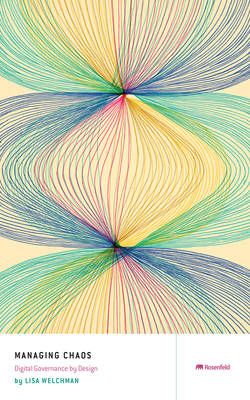Читать книгу Managing Chaos - Lisa Welchman - Страница 16
На сайте Литреса книга снята с продажи.
Digital Standards
ОглавлениеStandards articulate the exact nature of an organization’s digital portfolio. They exist to ensure optimal digital quality and effectiveness. Standards are both broad and deep. They address a broad range of topics with depth, such as overall user experience and content strategy concerns, as well as tactical specifications related to issues like a website’s component-based content model or replicable code snippets. That’s a lot of territory to cover. So, usually, it will take an equally broad and deep range of resources to contribute to and define digital standards.
Often, when I am brought in to resolve organizational governance concerns, the root of the problem is a disagreement about who gets to define those standards. Sometimes, the disagreement can be quite contentious with various righteous digital stakeholders coming to the debate armed with expertise (Web team), platform ownership (IT), and budget and mission (business units and departments)—all equally sure that they should be the final decision-maker.
A digital governance framework gives each of these stakeholder types an appropriate role to play in the definition of standards. In Chapter 5, “Stopping the Infighting About Digital Standards,” I’ll explore in detail how to assign stewardship and authorship to standards. When these roles are assigned, time-consuming debates about functionality will be minimized and an environment of collaboration for a better digital quality and effectiveness will emerge.
DO’S AND DON’TS
DO: Make sure that you document the full range of digital standards, which includes design, editorial, publishing and development, and network and server standards. Often, digital workers just focus on editorial and design standards and neglect the other categories.
